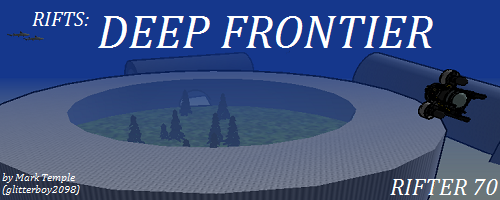Shorty Lickens wrote:OK, I think with all the stuff going on in here I lost track of the original point.
I'm still trying to figure out how many planets each galaxy has, OR..... how many stars have any planets at all and if so, how many planets on average.
From that I still need to derive how many have useful mineral or gas resources, how many could produce life, how many currently have life, how many have intelligent life and how many have space-age civilizations.
Did we get any of these numbers figured out yet? I cant keep up.
We are going to assume the following for the sake of argument and simplicity:
* Our Milky Way contains 200 billion stars
* Based on comparisons to the size of our own galaxy, the Corkscrew is 90% as wide but twice as thick, giving it 360 billion stars,
* The Thundercloud is 1/3 as wide as our galaxy, but again, twice as thick, giving it 121 billion stars.
* The Anvil is the same thickness as our galaxy, but only 1/5 as wide, so it would only have 40 billion stars.
* Stellar density is homogenous across the 3 G's (this is just for low numbers)
* We will assume that of those stars, 1% will form a solar system.
* Only 1% of solar systems will have a planet with life on it.
This would mean that the Corkscrew has 360 million "inhabitable" planets, the Thundercloud has 121 million, and the Anvil has 40 million such worlds.
Of those, we are assuming, based on the statistics for the Consortium, that one in every 11,000 life-bearing planets, is able to produce a species that hits the galactic-era level of advancement.
So... in the Corkscrew there would be 32,727 space faring peoples. In the Thundercloud there would be 11,000 space faring races (but note that in my manuscript-in-progress almost all of these species have been killed off by a galactic-wide environmental disaster). In the Anvil there should be 3,636.
So very rough total: there are 47, 363 space faring races in the 3 G's
Edited Feb. 22, 2007



